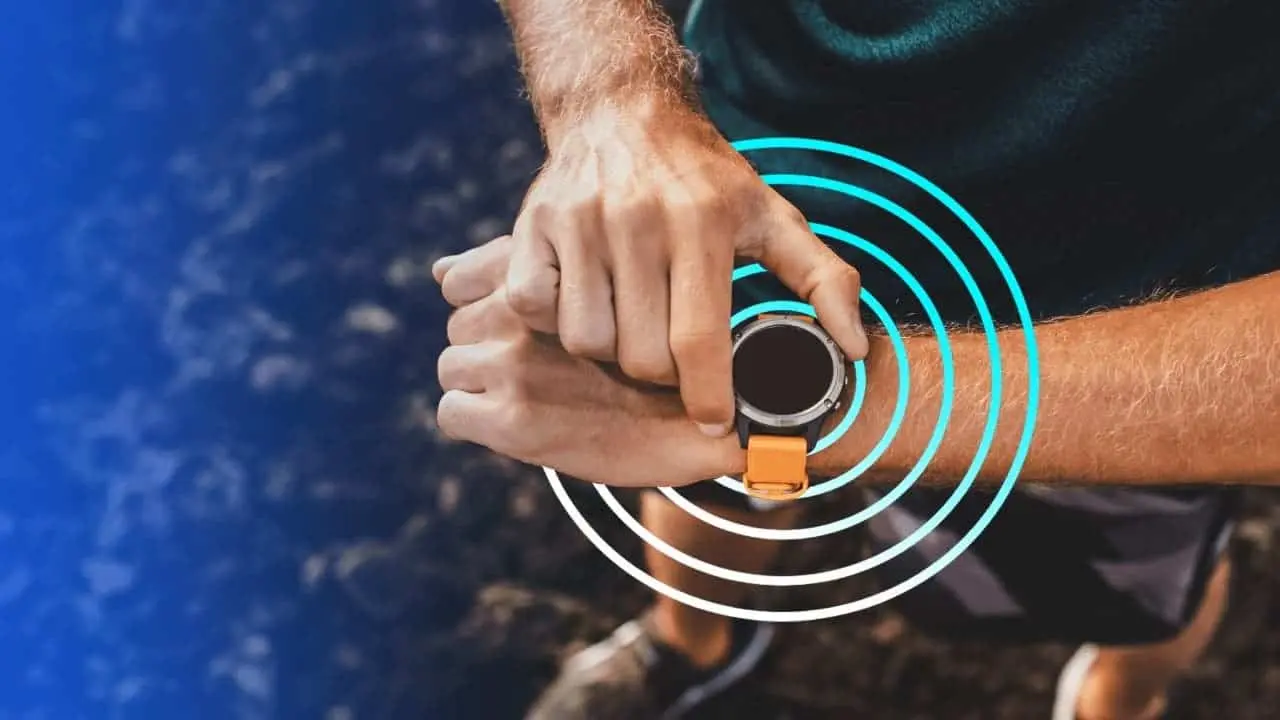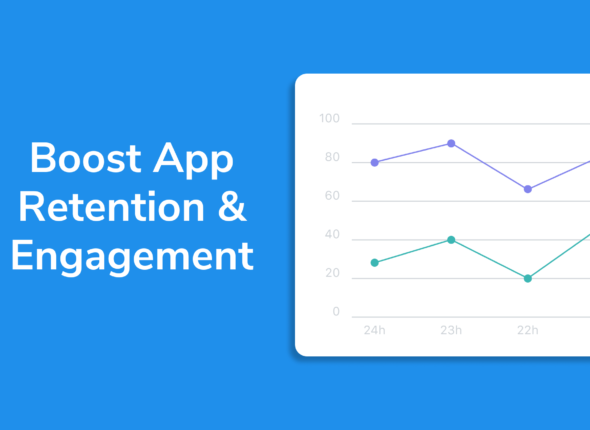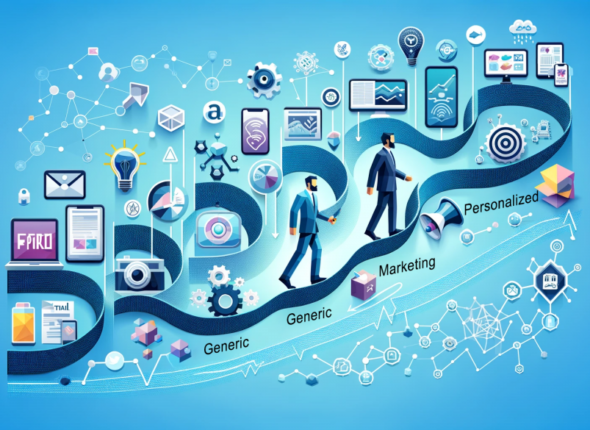The rapid evolution of technology over the past few decades has transformed how we interact with the world. Among the most significant developments is the rise of wearable technology and smart devices, which are reshaping industries, improving personal lives, and paving the way for an interconnected digital future. From fitness trackers and smartwatches to smart home devices and augmented reality (AR) glasses, the applications of these technologies are vast and expanding every day.
In this blog, we will explore the types of wearable and smart devices, their current applications, the benefits they bring to individuals and industries, and the challenges that must be addressed to maximize their potential.
What Are Wearable and Smart Devices?
Wearable Devices
Wearable devices are electronic gadgets that can be worn on the body, either as accessories or as part of clothing. They typically include sensors, processors, and connectivity features that allow them to collect data, interact with other devices, and provide feedback to the user. The most common examples include:
- Smartwatches: Wearable devices like the Apple Watch or Samsung Galaxy Watch, which provide notifications, fitness tracking, and health monitoring.
- Fitness Trackers: Devices like Fitbit or Garmin that monitor physical activity, heart rate, sleep patterns, and calorie consumption.
- Smart Glasses: Devices such as Google Glass or Snap Spectacles that offer heads-up displays, hands-free operation, and sometimes augmented reality features.
- Smart Clothing: Apparel embedded with sensors, like smart shoes or fitness shirts, which track body metrics or provide haptic feedback.
- AR/VR Headsets: Devices like the Oculus Quest or Microsoft HoloLens that allow users to experience virtual or augmented reality environments.
Smart Devices
Smart devices refer to any connected gadget that can be controlled or monitored via the internet or a smartphone app. These devices use sensors, AI, and machine learning algorithms to perform tasks autonomously or interactively. Common examples include:
- Smart Speakers: Devices like Amazon Echo or Google Home that use voice assistants to perform tasks like playing music, answering questions, or controlling smart home gadgets.
- Smart Thermostats: Devices like Nest that can adjust temperature settings based on occupancy patterns or remote commands.
- Smart Lights: Bulbs that can be dimmed, color-adjusted, or scheduled using an app or voice commands.
- Smart Security Cameras: Devices that offer real-time surveillance, facial recognition, and motion detection alerts.
The Growing Popularity of Wearable and Smart Devices

Healthcare and Fitness
Wearables have revolutionized the healthcare and fitness industry by providing real-time data and insights into personal health metrics. Devices like fitness trackers and smartwatches allow users to monitor vital signs such as heart rate, blood pressure, and blood oxygen levels. The Apple Watch, for example, can detect irregular heartbeats (arrhythmias), while Fitbit devices can track sleep cycles, helping users identify and manage sleep disorders.
In professional healthcare, wearables are being used to monitor chronic conditions like diabetes (with continuous glucose monitoring systems) and heart disease. Wearable electrocardiogram (ECG) devices can send real-time health data to doctors, enabling early detection of potential issues. This proactive approach helps in reducing the risk of serious health events and ensures personalized care.
Productivity and Communication
Smartwatches and other wearables have made it easier for people to stay connected without constantly checking their phones. Notifications for emails, calls, and messages can be accessed on the wrist, and users can respond through voice commands or simple gestures. This has made wearables indispensable tools for improving productivity, especially in professional environments.
Smart devices also enhance communication through the integration of AI-powered assistants like Siri, Alexa, and Google Assistant. These voice-activated assistants can schedule meetings, set reminders, and perform research tasks, making day-to-day tasks more efficient.
Entertainment and Gaming
Wearable technology has greatly expanded in the entertainment and gaming sectors. Virtual Reality (VR) and Augmented Reality (AR) headsets are becoming more popular, offering immersive gaming experiences and new ways to consume content. Oculus Rift and PlayStation VR are prime examples, providing users with fully immersive digital worlds, while HoloLens blends the digital and physical environments using AR for gaming and productivity.
Smart glasses like Google Glass offer hands-free control of apps and media, enabling users to consume content while staying active. Wearables are also being used to enhance music and multimedia experiences through smart earphones and headphones, which can track biometric data and optimize audio quality.
Smart Homes
Smart devices have found their way into the home, with smart home ecosystems offering an interconnected network of appliances and gadgets. Smart thermostats, lights, cameras, door locks, and even refrigerators can now be controlled remotely via smartphones or voice assistants like Amazon Alexa and Google Assistant. This makes homes more energy-efficient, secure, and convenient.
For instance, Nest thermostats learn user preferences over time, adjusting heating and cooling to optimize comfort and energy use. Ring doorbells provide video surveillance of your front door, while Philips Hue smart lights allow you to adjust the color and intensity of lighting with voice commands or app controls.


Key Benefits of Wearable and Smart Devices
1. Improved Health and Well-being
Wearables provide valuable health insights, helping users track physical activity, sleep quality, and vital signs. For individuals with chronic conditions, these devices can offer constant monitoring, reducing the need for frequent doctor visits. In a broader sense, wearables promote healthy habits by offering motivational feedback and personalized fitness recommendations.
2. Increased Convenience
Smart devices make life more convenient by automating repetitive tasks and allowing users to control their environments effortlessly. With the rise of smart homes, people can control lighting, temperature, and security with just a voice command or a tap on their smartphone.
3. Productivity Gains
Wearable and smart devices help streamline workflows, enhance communication, and improve task management. With notifications and voice commands available on-the-go, professionals can stay organized, manage their time effectively, and reduce distractions.
4. Enhanced Security
Smart security systems can provide real-time surveillance, facial recognition, and automated responses to potential threats, making homes and businesses more secure. Users can monitor their premises remotely, lock or unlock doors, and even identify visitors from anywhere.
5. Personalized Experiences
Wearable and smart devices can learn user behavior over time, creating highly personalized experiences. From adjusting the thermostat based on occupancy to providing tailored fitness advice, these devices are evolving to meet individual preferences and needs more effectively.
Challenges in the Wearable and Smart Device Ecosystem
1. Privacy and Data Security
One of the biggest concerns surrounding wearable and smart devices is privacy. These devices collect vast amounts of personal data, including health information, location, and behavioral patterns. If not properly secured, this data could be vulnerable to hacking, unauthorized access, or misuse by corporations and third parties. Ensuring robust security measures, encryption, and data anonymization is critical for maintaining user trust.
2. Battery Life and Energy Efficiency
Many wearable devices suffer from limited battery life, especially those with advanced features like GPS, continuous monitoring, and high-resolution displays. Improving energy efficiency and developing better battery technology is crucial to making wearables more practical for everyday use.
3. Interoperability and Compatibility
As the number of smart devices grows, ensuring that they work together seamlessly is a challenge. Smart home devices from different manufacturers may not always be compatible with one another, requiring users to manage multiple apps or ecosystems. Standardization and the development of open protocols will be key to creating a truly interconnected smart device ecosystem.
4. Cost and Accessibility
High-end wearables and smart devices can be expensive, limiting their accessibility to certain demographics. While prices are gradually decreasing, the upfront cost of building a smart home or using advanced wearables can still be prohibitive for many users.
5. Data Accuracy
The accuracy of wearable sensors, especially in fitness trackers and health devices, has been questioned. While devices are improving, the data they provide may not always be completely accurate, especially in clinical settings. More sophisticated algorithms and improved sensor technology will be necessary to ensure that users can rely on the data these devices generate.
The Future of Wearable and Smart Devices
The future of wearable and smart devices promises even more exciting developments as technology continues to advance:
1. Artificial Intelligence and Machine Learning
AI and machine learning will play a larger role in wearable and smart devices, enabling more intelligent personalization and predictive analytics. For example, AI could analyze health data to predict illnesses before they manifest, or optimize smart home energy use based on real-time data.
2. Advanced Health Monitoring
Wearables could evolve into full-fledged medical devices that can detect early signs of diseases like cancer, monitor blood sugar for diabetics in real-time, or analyze genetic markers to provide personalized health recommendations.
3. Smart Fabrics and Invisible Wearables
Future wearables may be embedded directly into the fabric of clothing, making them virtually invisible to the user. Smart textiles could monitor vital signs, regulate body temperature, or provide haptic feedback for enhanced interaction with the digital world.
4. Integration with 5G Networks
As 5G networks become more widespread, wearable and smart devices will benefit from faster connectivity and lower latency. This will enable real-time communication between devices, making applications like remote healthcare, autonomous vehicles, and smart cities more feasible.
5. Augmented Reality (AR) and Mixed Reality (MR)
Wearables like smart glasses will advance in AR and MR applications, allowing users to blend the digital and physical worlds more seamlessly. From interactive gaming to real-time navigation and remote collaboration, AR wearables will revolutionize how we interact with our environment.
Conclusion
Wearable and smart devices are more than just gadgets; they are shaping the future of how we live, work, and engage with the world. From health and fitness to productivity and entertainment, these technologies offer immense potential for personal empowerment and industry transformation. As innovation continues, addressing challenges like privacy, interoperability, and accessibility will be key to ensuring that the benefits of wearable and smart devices are realized by everyone.
With continuous advancements in AI, machine learning, and connectivity, the future promises even more intelligent, personalized, and immersive experiences that will fundamentally change the way we interact with technology.

Tips for Reducing App Load Time and Memory Usage
In today’s fast-paced digital world, users expect mobile apps to perform flawlessly, load quickly, and...
- October 17, 2024
- Com 0




